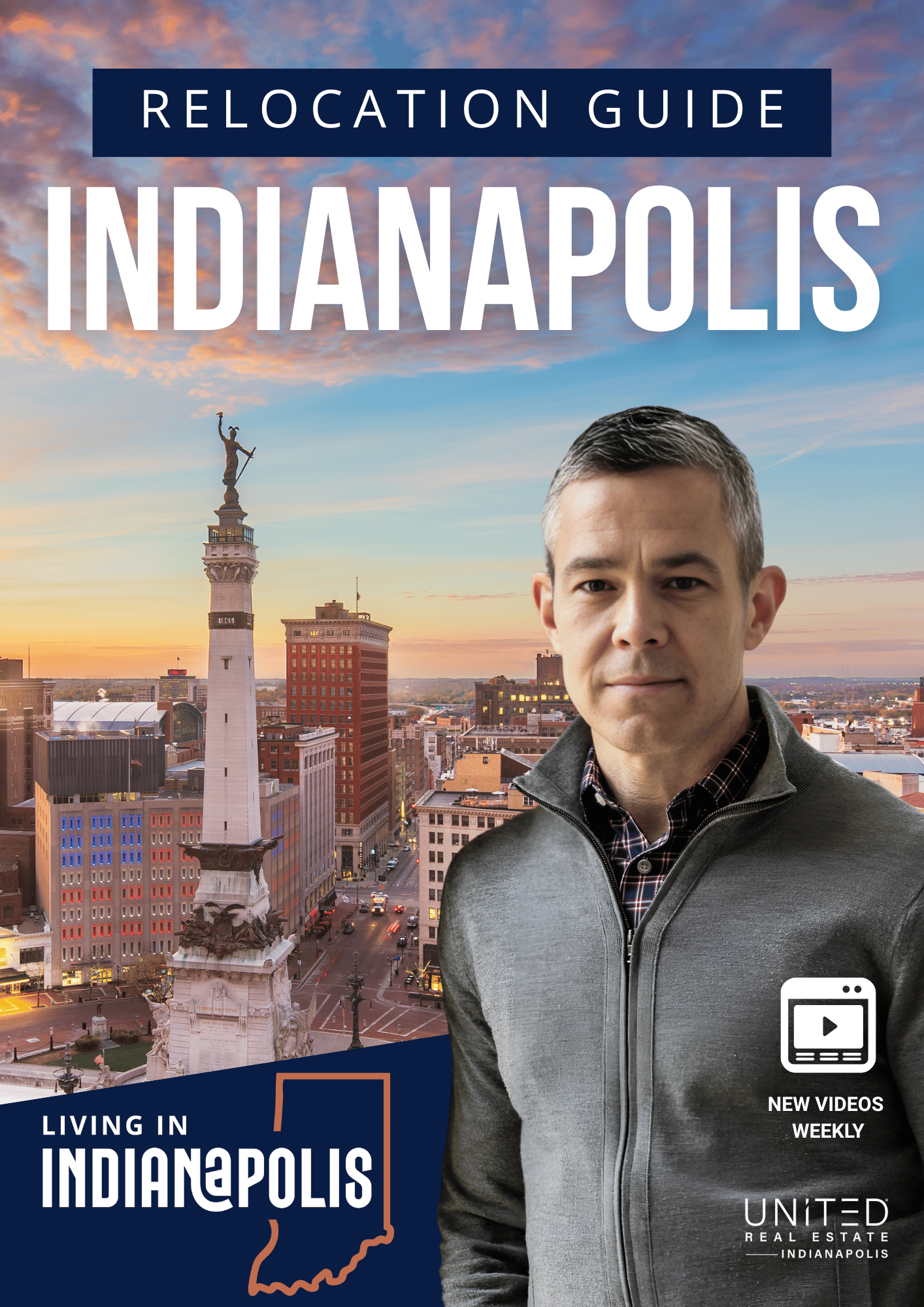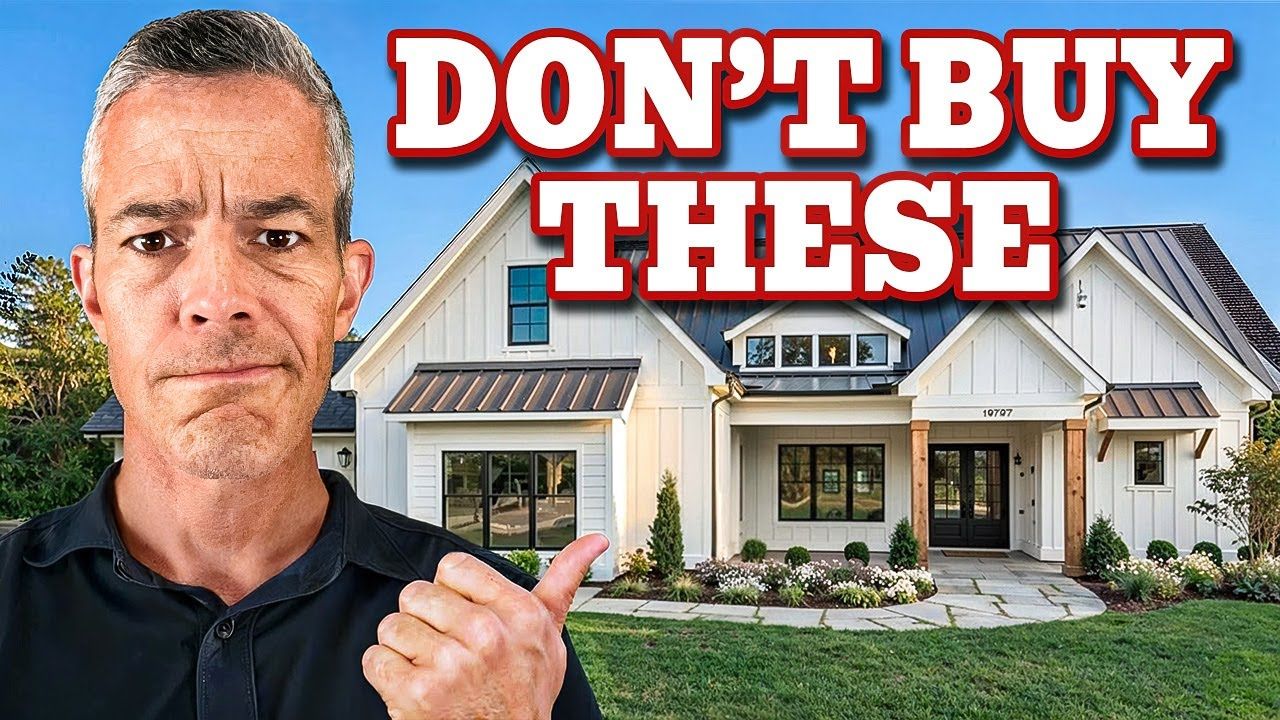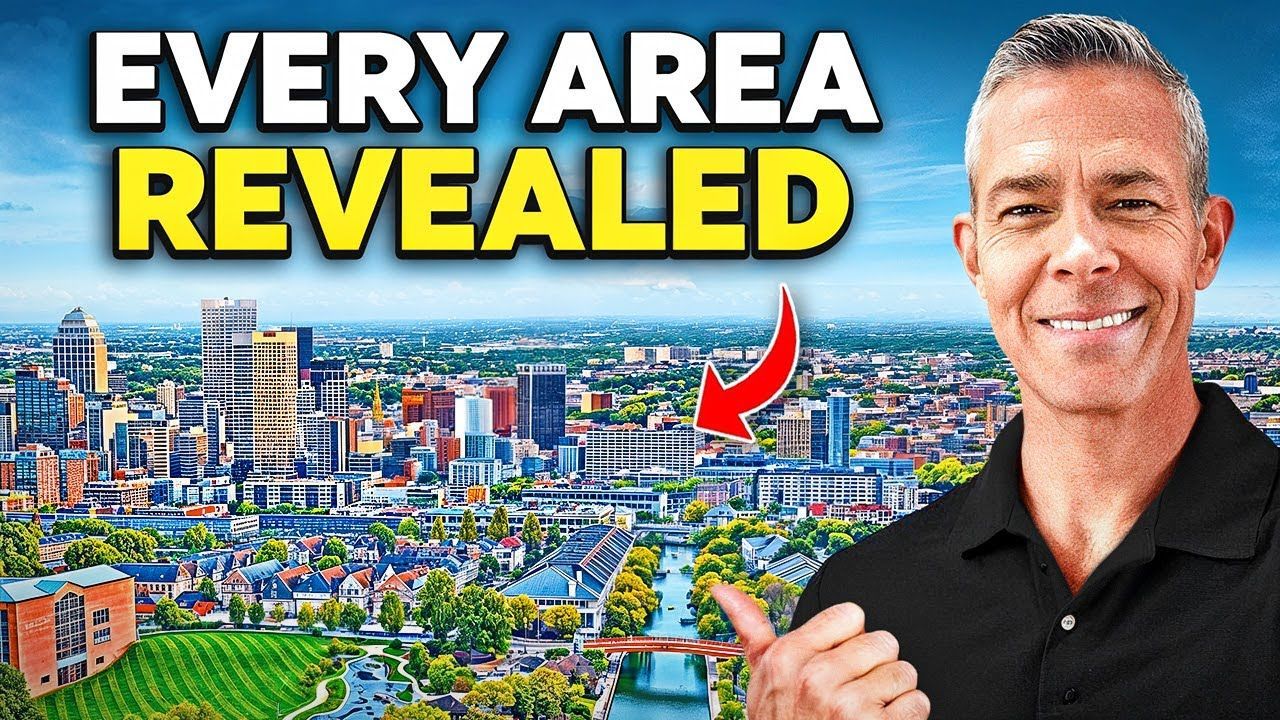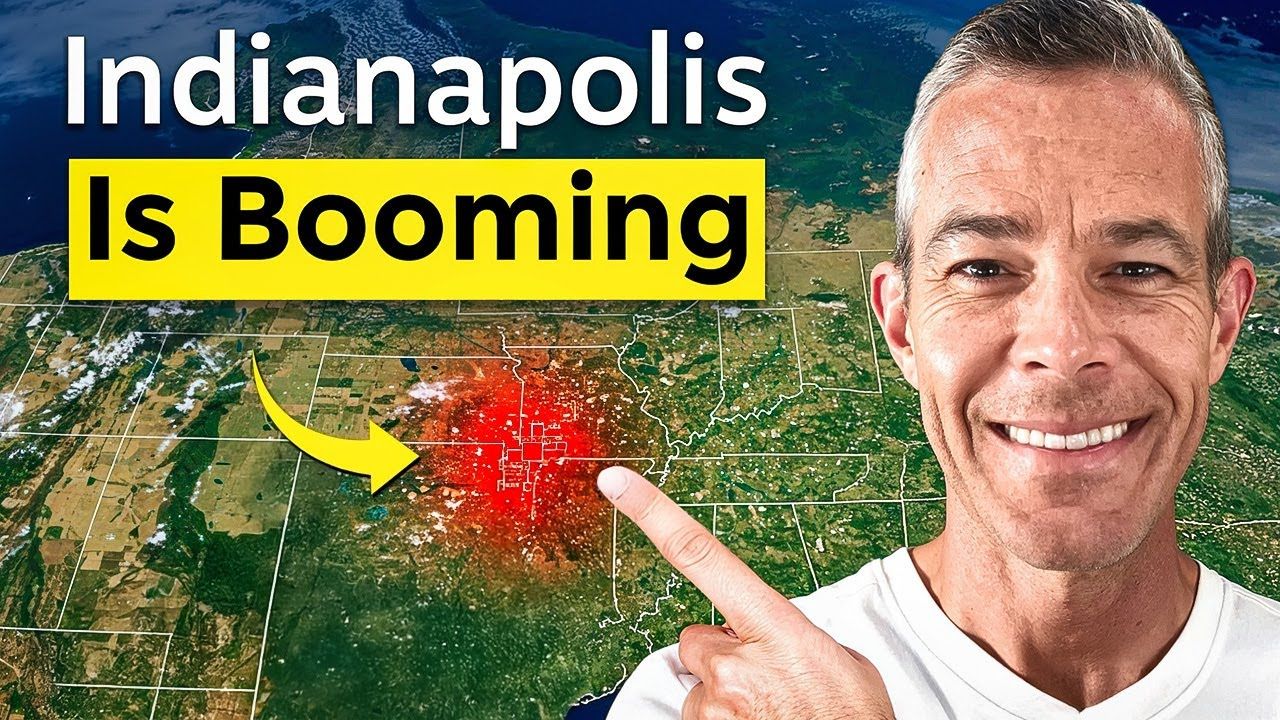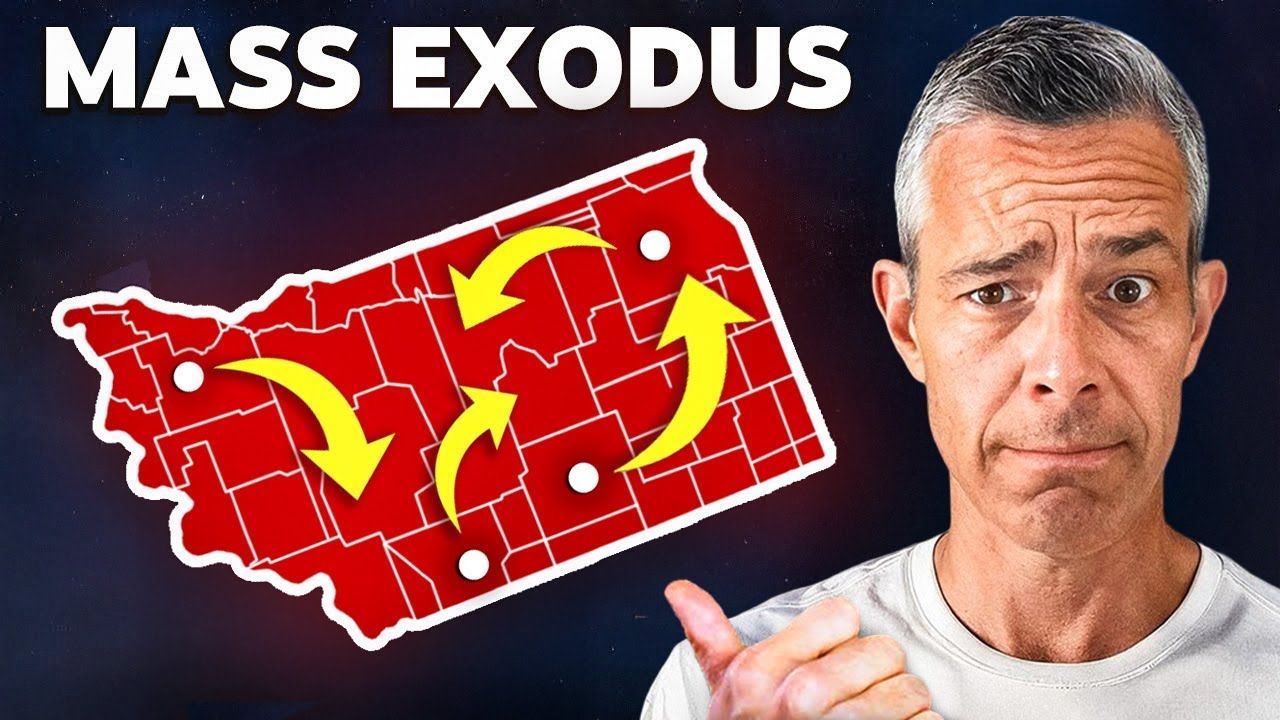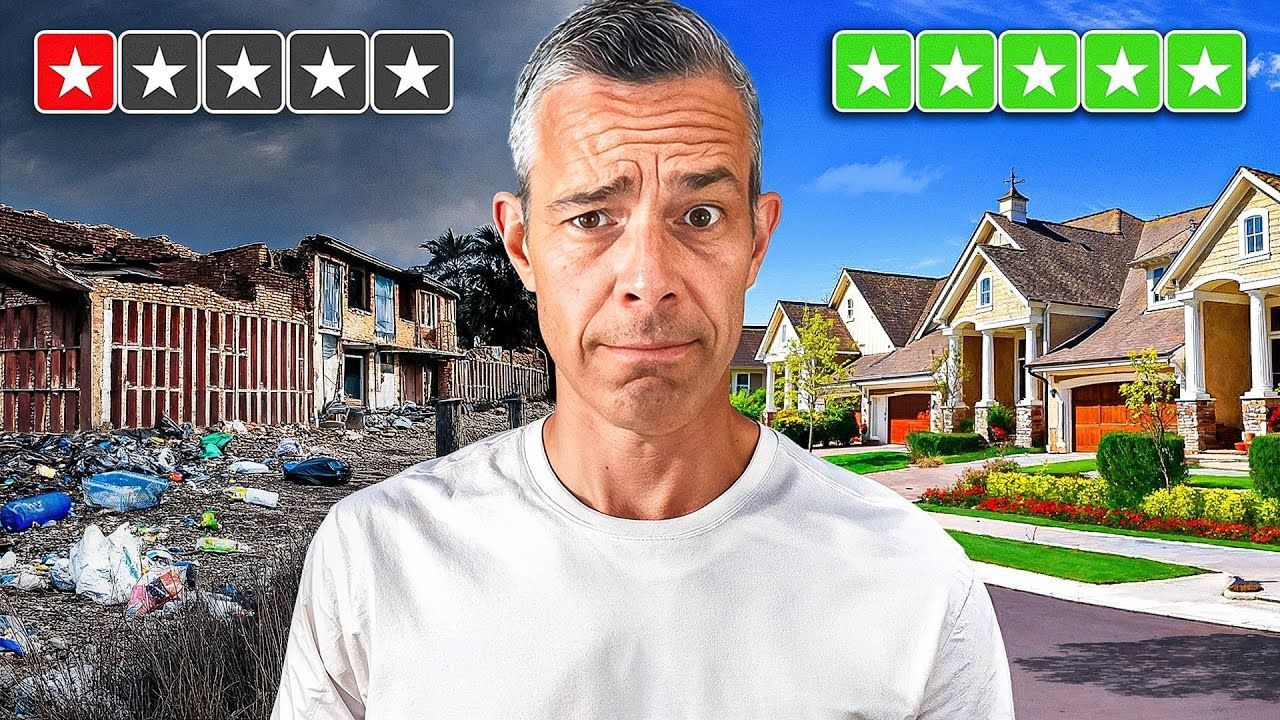The Truth About Living Close to Downtown Carmel Indiana
Living close to downtown Carmel Indiana is a dream for many homebuyers looking for vibrant city life combined with a charming, community-focused atmosphere. Carmel, especially areas like Midtown, the Arts and Design District, and City Center, offers an exciting blend of walkability, local culture, and amenities. However, finding the perfect home near these bustling hubs comes with its unique challenges. After spending time exploring these neighborhoods and talking to many buyers, I want to share the honest truth about what it takes to live close to downtown Carmel Indiana, including the key hurdles and strategies to overcome them.
In this comprehensive guide, we’ll dive deep into the three main factors that influence your ability to live near downtown Carmel: price, home size and lifestyle fit, and new construction availability. Whether you’re a first-time buyer, downsizing, or relocating to the Indianapolis metro area, this article will help you set realistic expectations and plan your next move wisely.
Table of Contents
- What Does Living Close to Downtown Carmel Indiana Really Mean?
- The Three Main Hurdles to Living Close to Downtown Carmel Indiana
- Strategies for Living Close to Downtown Carmel Indiana
- FAQs About Living Close to Downtown Carmel Indiana
- Conclusion
What Does Living Close to Downtown Carmel Indiana Really Mean?
When people say they want to live close to downtown Carmel, the definition of "close" can vary widely. Some may want to be within walking distance of the lively Midtown area, the Arts and Design District to the north, or City Center to the south. Others might be okay with a short drive of 10 to 15 minutes. Carmel’s geography makes this a bit easier because the city isn’t very wide from north to south, and even its outer edges are often within a 15-minute radius of downtown.
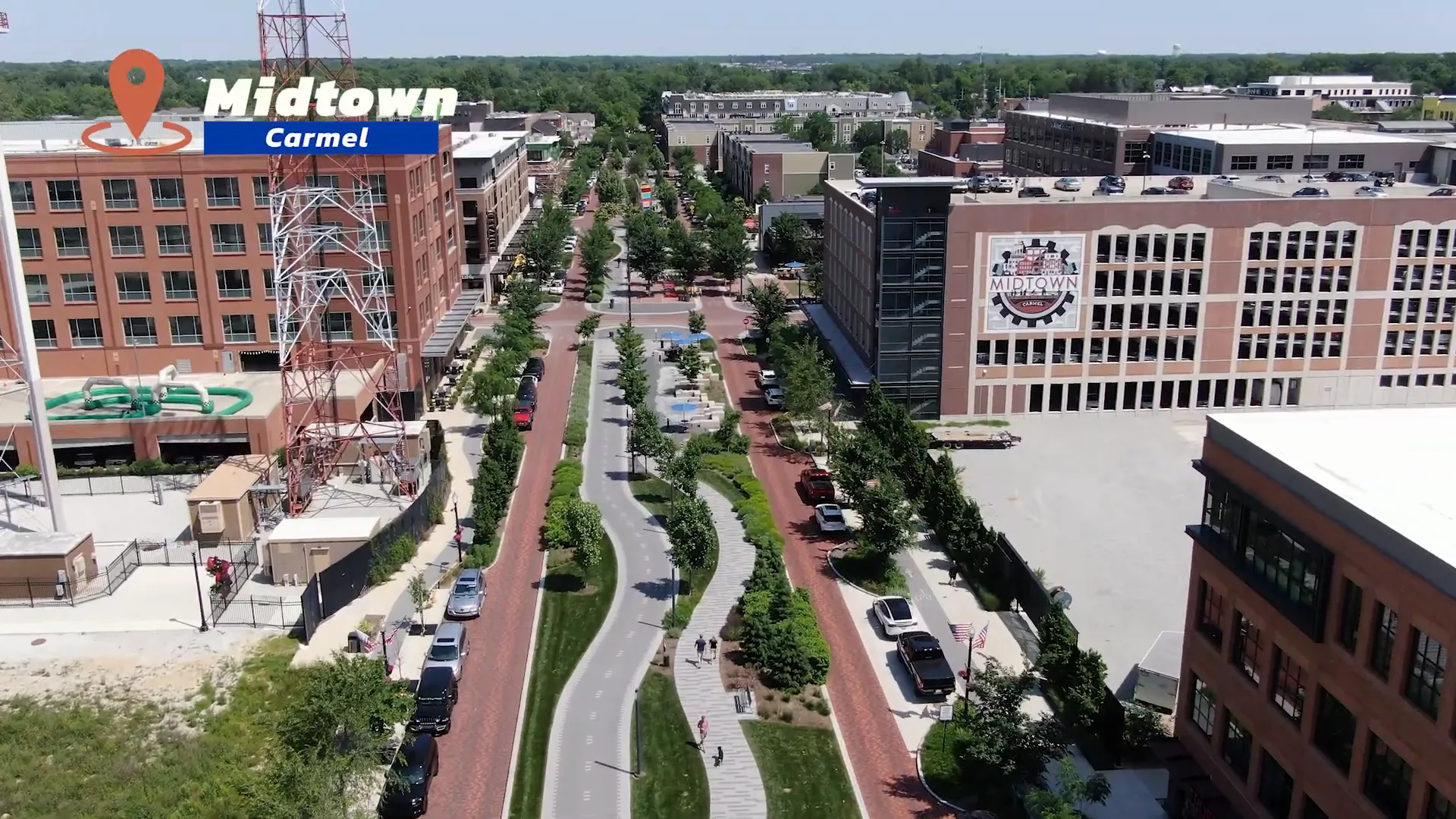
This proximity is one of Carmel’s biggest draws. You can enjoy the bustling local restaurants, shops, events, and cultural attractions without sacrificing the comfort of suburban living. But the closer you want to be, the more you’ll encounter some common realities that impact your home search.
The Three Main Hurdles to Living Close to Downtown Carmel Indiana
Over the years, I’ve noticed three major factors that often constrain buyers trying to find that perfect home near Carmel’s downtown areas. These are not insurmountable barriers, but they do require awareness and strategy.
- Price
- Home Size and Lifestyle Fit
- New Construction Availability
Let’s take a closer look at each of these in detail.
1. Price: The Most Obvious Challenge
It’s no secret that Carmel is one of the priciest cities in the Indianapolis metro area. When you compare it to nearby cities like Westfield, Fishers, or Noblesville, Carmel’s housing prices tend to be consistently higher. This is largely due to the city’s reputation for quality schools, amenities, and its highly desirable downtown districts.
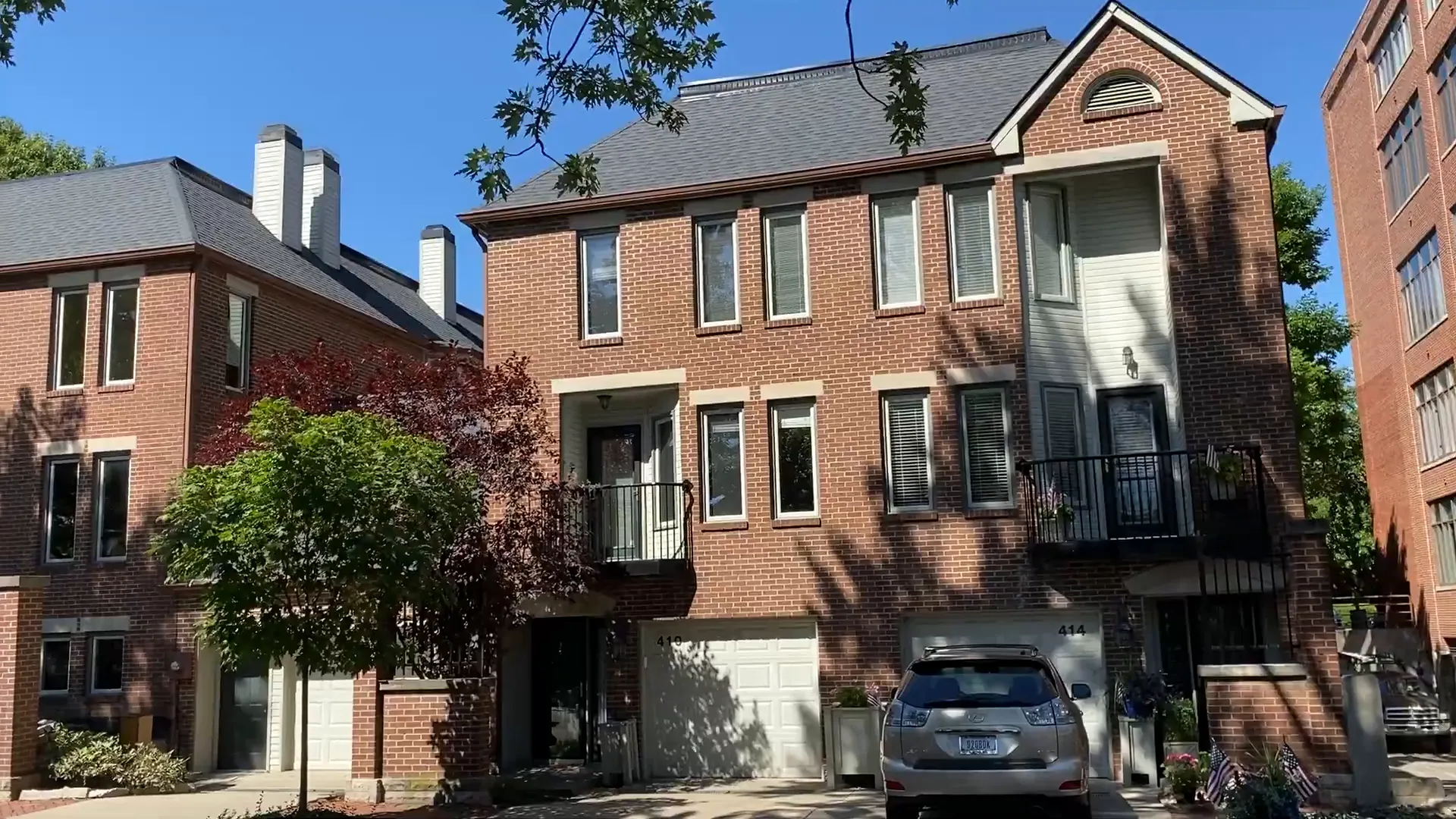
As you get closer to key areas like Midtown, the Arts and Design District, or City Center, prices tend to increase. While you can find homes under $500,000, especially if you look just a bit outside the core walkable areas, truly affordable options within walking distance are few and far between. This scarcity drives prices even higher.
What does this mean practically? If your budget is around $600,000, you will have some choices in Carmel, but they may not be exactly where you want to be. Expanding your definition of “close” to include 10 or 15 minutes away can increase your options, but you’ll still find Carmel’s prices generally higher than surrounding communities.
Another aspect to consider is the type of home you want. If you’re open to condos or townhomes, you may find more options closer in, like in the Midtown area where apartments and condos overlook the bustling streets below. However, these options don’t fit everyone’s lifestyle, and many buyers prefer single-family homes, which are less common and pricier near downtown.
It’s also important to remember that “affordable” is subjective. What fits one buyer’s budget might be out of reach for another. But in general, if you’re looking for a single-family home within walking distance of downtown Carmel, expect to pay a premium.
2. Home Size and Lifestyle Fit: Downsizing Isn’t Always Easy
Surprisingly, buyers with higher budgets often find themselves facing a different challenge: finding a smaller, more manageable home near downtown Carmel. Many people who are downsizing from large 4,000 to 5,000 square foot homes want something cozier but still close to the city’s vibrant core.
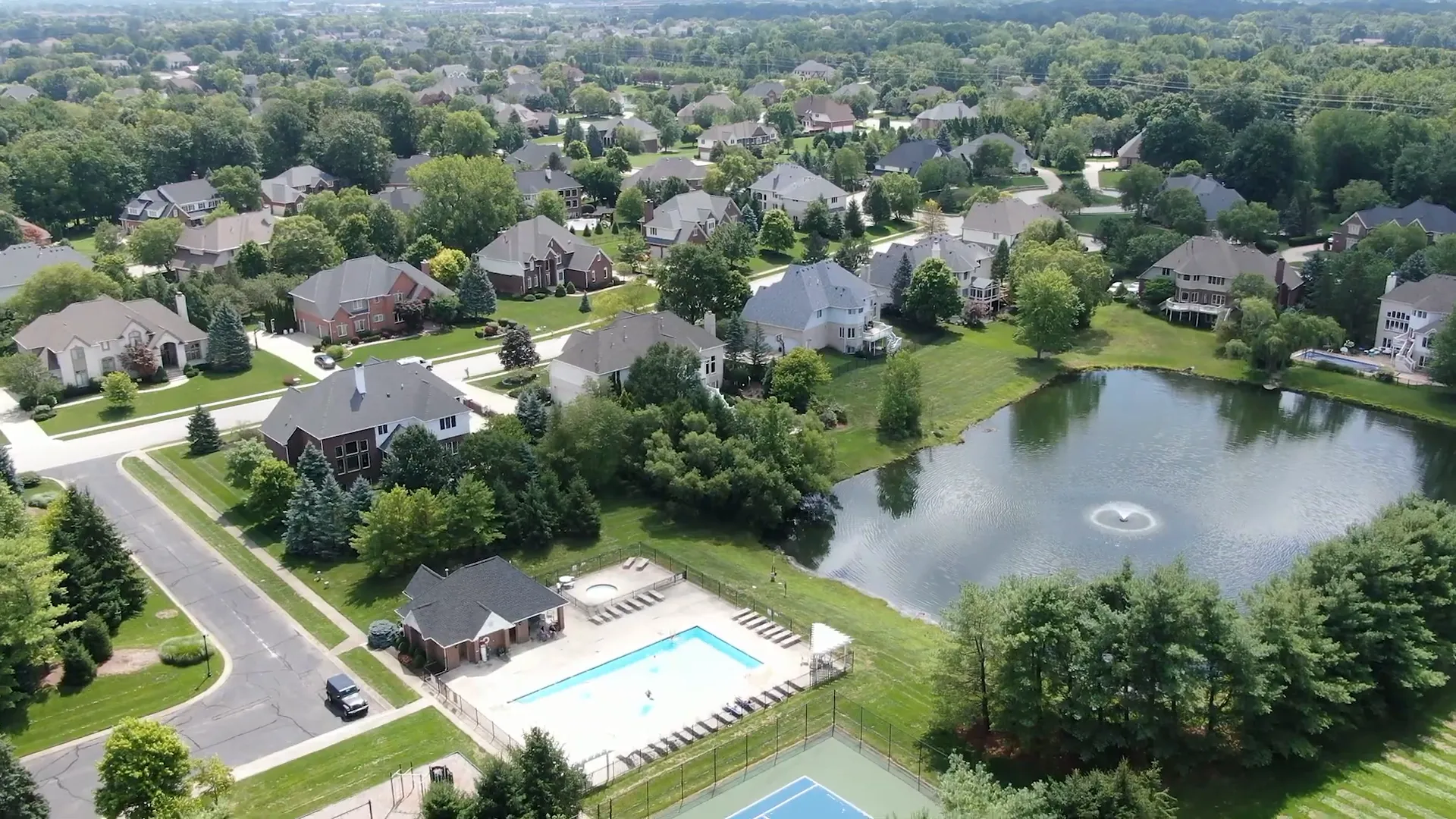
Here’s the catch: many homes in Carmel, especially new or recently built ones, tend to be quite large — often well over 4,000 square feet. Million-dollar homes might be 5,000 or 6,000 square feet, which is a lot of house for just two people or even small families.
So, if you’re looking for something in the 2,000 to 2,500 square foot range close to downtown, your options narrow quickly. Many of the smaller homes are older, built in the 1950s, 60s, or 70s, and while some have been updated or replaced, they are less common near the core areas.
East Carmel tends to have the most choices for smaller homes, where many neighborhoods were developed in the 70s and 80s, offering a mix of sizes and styles. In fact, some of these older homes are quite unique, with character and architectural variety that stand apart from the newer, cookie-cutter developments.
That said, these older homes may not suit everyone’s taste or lifestyle, and some buyers prefer the modern finishes and layouts of newer construction, which brings us to the third hurdle.
3. New Construction Availability: Limited and Competitive
If you’re dreaming of a brand-new home with all the latest features and finishes, finding that in downtown Carmel is challenging. While new construction neighborhoods do exist, they are limited and often located on the outskirts of the city rather than in the core walkable areas.
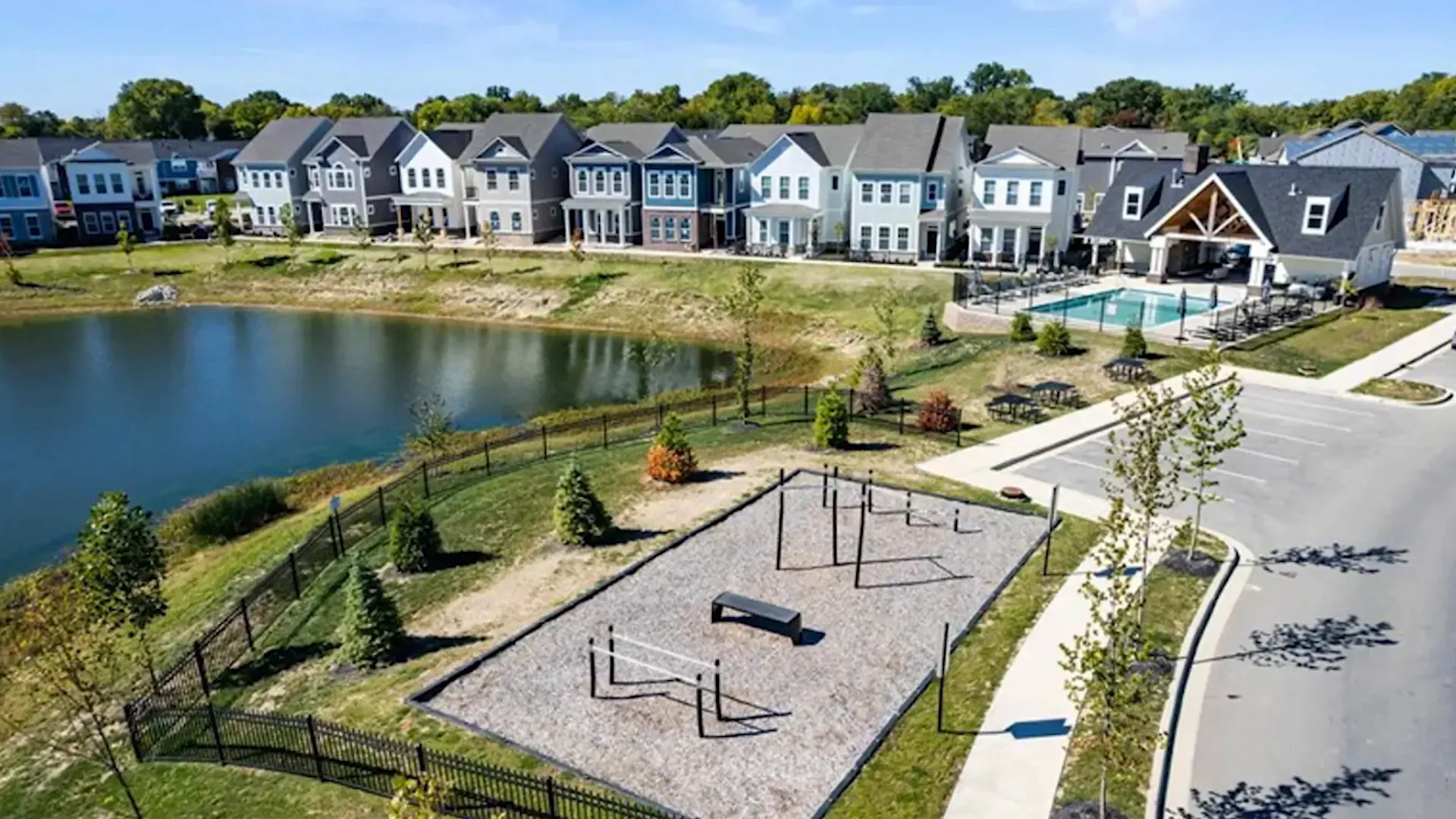
Neighborhoods like Gramercy West to the east and Ambleside to the west offer new or recently built homes, but they are not centrally located within walking distance of Midtown or City Center. In central Carmel itself, new construction options are sparse. There is an Epcon community east of downtown that caters to over-50 buyers, which has a cluster of newer homes, but general new construction inventory is limited.
One reason for this scarcity is that Carmel is running out of developable land. It is bordered by Indianapolis to the south, Westfield to the north, Fishers to the east, and Zionsville to the west. The city has grown and developed rapidly, leaving few large plots available for new subdivisions.
While there are some older homes being torn down to make way for new builds, these opportunities are rare and tend to be snapped up quickly. This means buyers seeking brand-new homes close to downtown Carmel will often have to compromise on location or timing.
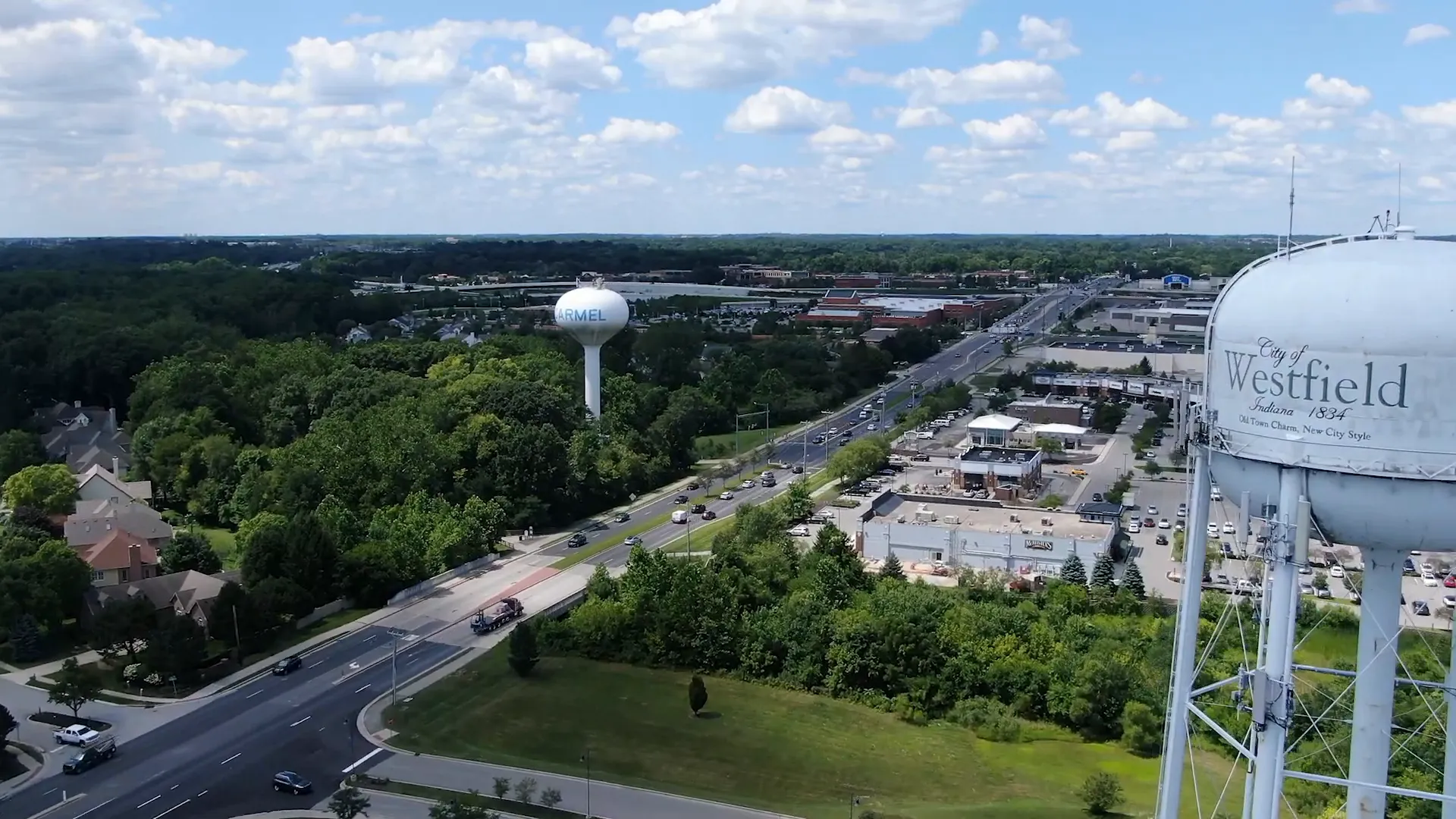
In contrast, nearby Westfield has more available land and new construction options in all directions, making it a popular choice for buyers willing to live just outside Carmel’s city limits. With Westfield, you can pick and choose from a variety of new neighborhoods and still be within a reasonable commute to downtown Carmel.
Strategies for Living Close to Downtown Carmel Indiana
Despite these hurdles, living close to downtown Carmel Indiana is achievable with the right approach. Every buyer’s situation is unique, and the strategies to find the perfect home vary depending on budget, lifestyle, and priorities.
- Expand Your Definition of “Close”: Walking distance is ideal, but a 10-15 minute drive still puts you near the action without paying a downtown premium.
- Consider Different Housing Types: Condos and townhomes in Midtown or the Arts and Design District may offer more affordable and walkable options.
- Look at Older Homes: East Carmel and some pockets of central Carmel have smaller, more affordable homes with character that may fit downsizers or first-time buyers.
- Be Open to New Construction Outside Downtown: Neighborhoods like Gramercy West or Ambleside provide newer homes within a short drive of downtown Carmel.
- Work With Local Experts: Local real estate professionals understand the market nuances and can help identify hidden gems or upcoming opportunities.
Remember, finding the right home is often about balancing priorities. Is walkability the top priority, or is having a certain size or price point more important? Being clear about your must-haves versus nice-to-haves will guide your search effectively.
FAQs About Living Close to Downtown Carmel Indiana
Is it possible to find affordable homes near downtown Carmel Indiana?
While affordability is relative, homes under $500,000 within walking distance of downtown Carmel are limited. Expanding your search radius to 10-15 minutes away increases options, but Carmel generally has higher price points compared to nearby cities.
Are there options for smaller homes near downtown Carmel Indiana?
Yes, but they are fewer and tend to be older homes in areas like East Carmel. Newer homes in the downtown area tend to be larger, so buyers seeking smaller footprints may need to consider older neighborhoods or expand their search area.
Where can I find new construction homes near downtown Carmel Indiana?
New construction neighborhoods exist on the outskirts of Carmel, such as Gramercy West and Ambleside, but central Carmel has limited new builds due to space constraints. Westfield nearby offers more new construction options.
Is walkability realistic for most buyers in Carmel Indiana?
Walkability is possible in Midtown, Arts and Design District, and City Center, but the housing options—mostly condos and apartments—may not suit everyone. Single-family homes within walking distance are rare and come at a premium.
How far is downtown Carmel from the city limits?
Carmel is relatively compact north to south, so most places in the city are within 15 minutes of downtown. The far west edge near Zionsville and the far east near Fishers are about 15 minutes away.
Conclusion
Living close to downtown Carmel Indiana offers an incredible lifestyle rich with culture, dining, shopping, and community events. However, buyers should be prepared for the realities of price, home size, and limited new construction in this desirable area.
While the hurdles may seem daunting, with a clear understanding of the market and a flexible approach, you can find a home that fits your budget and lifestyle near Carmel’s vibrant core. Whether you prioritize walkability, a smaller home, or brand-new construction, there are strategies and options to explore.
By working with knowledgeable local experts and defining what “close” means for you, you’ll be well on your way to enjoying all that living close to downtown Carmel Indiana has to offer.
If you’re ready to start your home search or want personalized advice on navigating Carmel’s real estate market, don’t hesitate to reach out to me, I know the area inside and out. Your perfect Carmel home is waiting!
jason compton
A former teacher turned full-time real estate agent serving Greater Indianapolis. I help buyers, sellers, and relocation clients make informed moves—especially those coming from out of state. From neighborhood insights to home tours, my goal is to simplify the process and help you feel confident in every step.
Stay Informed
Insights, Tips & Life in Indianapolis
Your go-to resource for all things real estate and Indy living. Whether you're buying, selling, relocating, or just curious about the local market, our blog is packed with helpful articles, expert advice, and community highlights to keep you informed and inspired.
